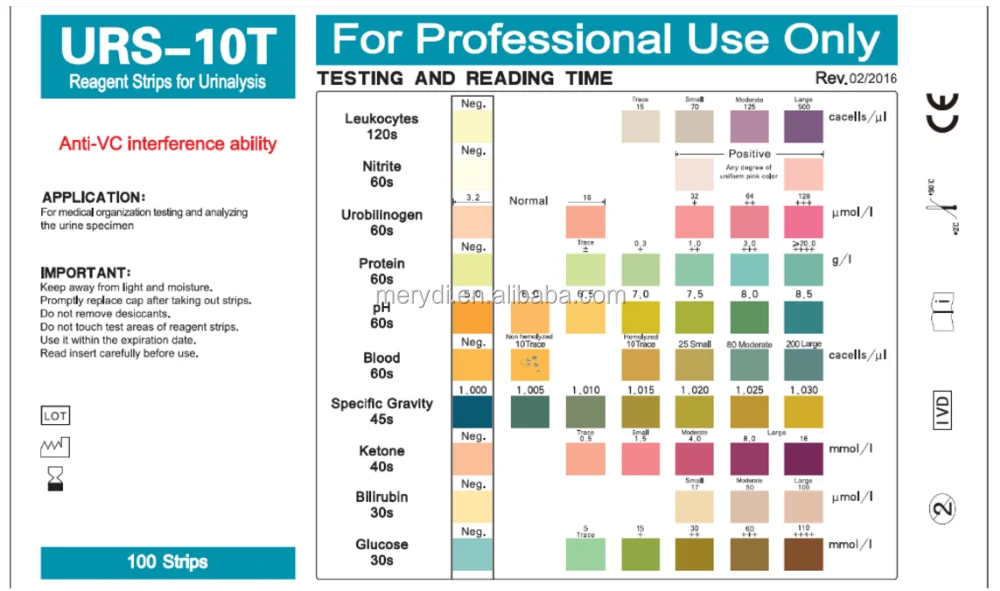

For example, if they are looking for very small amounts of protein, a concentrated urine specimen would be the best sample. Knowing the urine concentration helps health care providers decide if the urine specimen they are evaluating is the best one to detect a particular substance. An SG of 1.035 indicates concentrated urine, when there is a lot of dissolved chemicals in a limited amount of water. A urine SG of 1.000 is physically impossible if a person drinks huge amounts of water or receives an intravenous (IV) infusion of large volumes of water, the urine SG can be as low as 1.002. If there were no solutes present, the SG of urine would be 1.000, the same as pure water. Specific gravity (SG) measurements are a comparison of the quantity of chemicals dissolved in urine water compared to pure water.


This test simply indicates how concentrated the urine is. There are no “abnormal” specific gravity values. However, this physical characteristic can be determined using a chemical test. The first test, specific gravity, is actually a physical characteristic of the urine - it is a measure of urine concentration. Some reagent test strips also have a test pad for ascorbic acid (vitamin C) The most frequently performed chemical tests using reagent test strips are: To reduce these timing problems-and to eliminate variations in colour interpretation-instruments may be used to “read” the reaction colour on each test pad. If too little time or too much time has passed since the reaction, the nurse/biomedical scientist may get incorrect results. Each reaction pad must be evaluated at the appropriate time. The nurse/biomedical scientist compares the colour change for each reaction pad to a colour chart (provided with the test strips) to determine the result for each test. When a strip is briefly, but completely, dipped into urine, the test pads absorb the urine and a chemical reaction changes the colour of the pad. These are narrow plastic strips that hold test pads, arranged in a row. The chemical examination of urine is most commonly carried out in the surgery or outpatient clinic, by a nurse, using commercially prepared test strips.


 0 kommentar(er)
0 kommentar(er)
